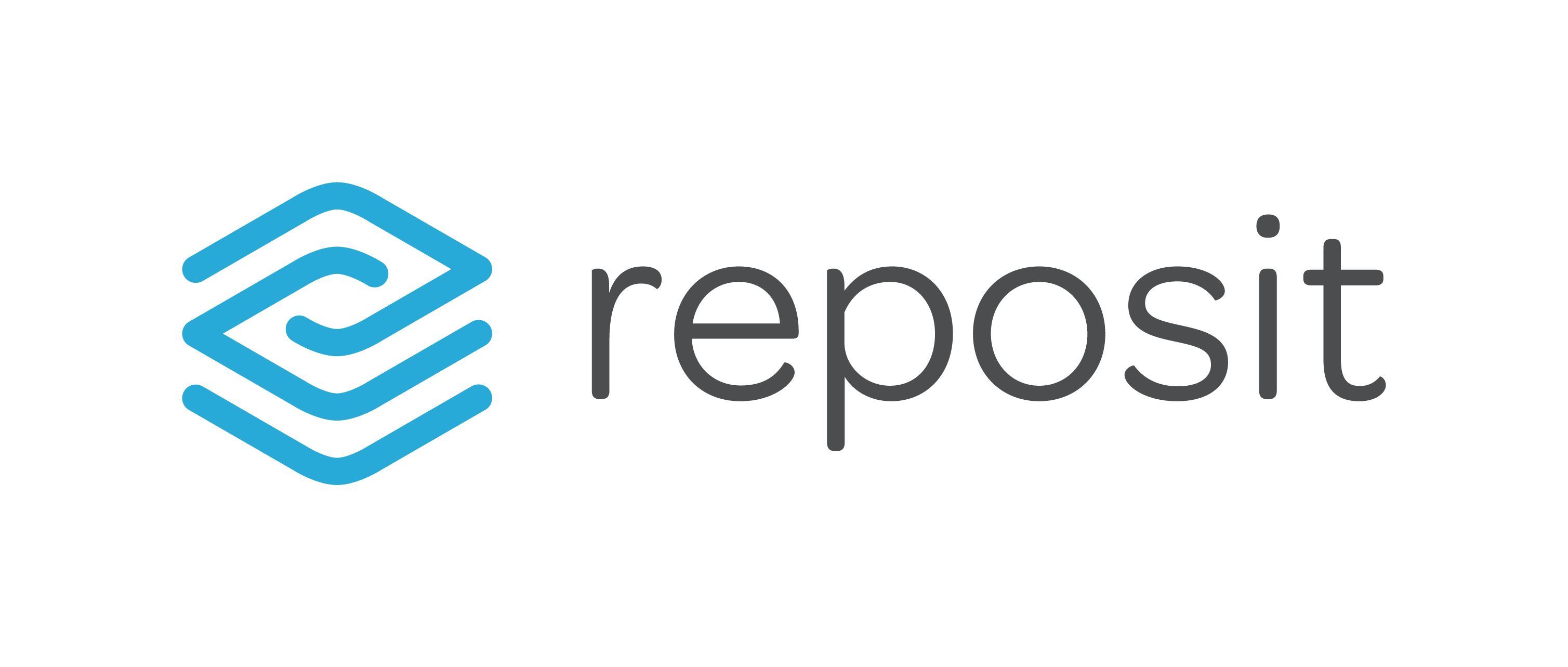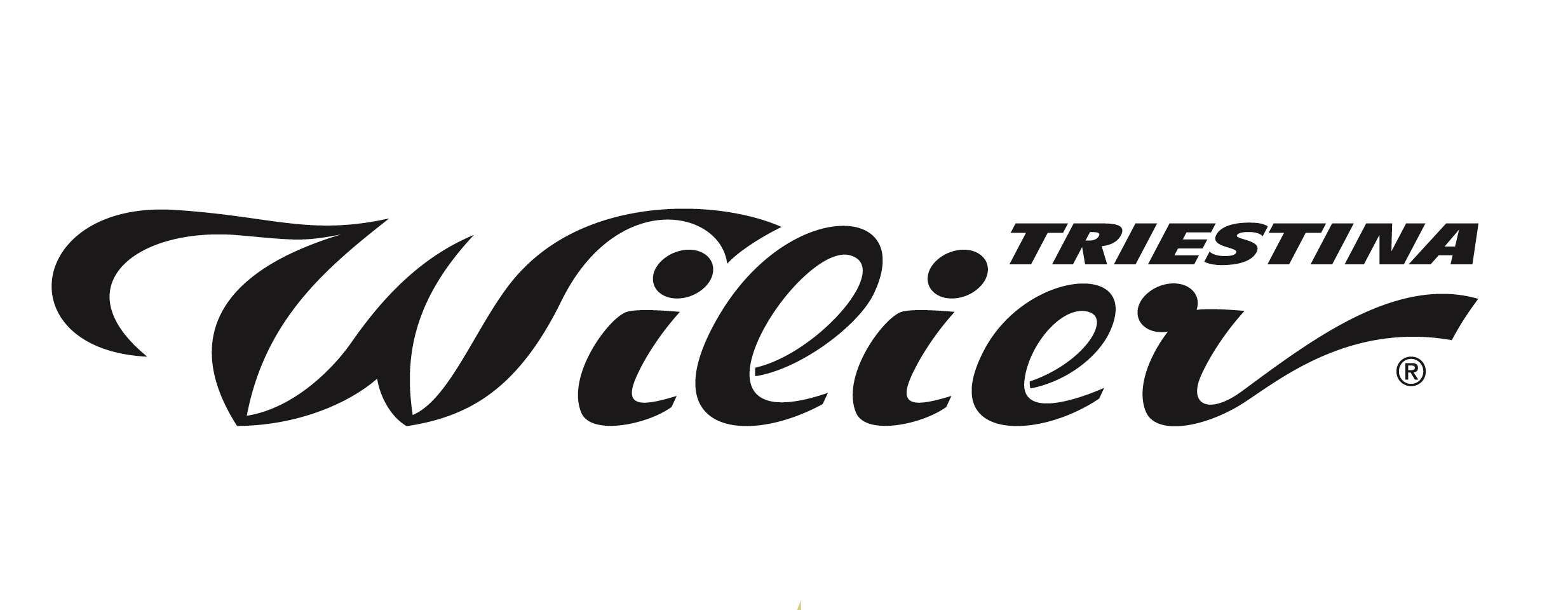Disconnected Data and Customers
Dopper is using its business as a force for good, balancing purpose and profit. Their mission is to spread the message of standing up to plastic pollution - and empower others to do the same. They aim to create a community of wavemakers working towards crystal clear waters everywhere. But of course, it’s hard for people to join a mission if they don’t know it exists.
Dopper found out that people who owned their bottle were not always aware of the mission behind it - especially if it was sold through their B2B channel. To carry out their mission properly and empower people to choose reusable over single-use bottles, it became critical to better connect with their customers online.
Dopper realised they needed to talk to the right people at the right moment in the right way to support their mission. But their customer-facing teams all operated separately from one another. They worked with different processes and systems. And they were missing critical customer information in the customer journey because of it. All this made it hard to connect with customers online to spread their mission. Investing in digital transformation & their HubSpot CRM implementation became critical to making this connection happen. Why? Because their current customer data was disconnected - resulting in a disconnection with customers:
● Dopper's IT infrastructure had evolved over the last couple of years. Tooling
had been added based on needs at specific moments;
● They had multiple CRM data sets in three different systems - and there was no
single view of the customer;
● The database was hard to maintain and the team could not trust the accuracy
of the data - making it difficult to talk to the right people at the right moment in
the right way.
The Start of a Digital Transformation
Being better connected to their online customer meant moving to a digital-first
organisation. Digital-first at Dopper meant automating where it was more effective, making sure everybody is able to work in an optimal situation to reach their mission.
To support Dopper's digital transformation they needed to build the right IT infrastructure. Supporting three different customer journeys in three different target groups: Retail, B2B Companies and Consumers.
Guiding the Transformation: Business First, Technology
Second
To help Dopper's business transformation HubSpot’s solution partner Webs started with the business first and the technology second. Making sure the technology is an enabler of the business and business processes. They used their proven CRM consultancy process: Awareness, Desire, Knowledge, Ability, and Reinforcement
Awareness: First Dopper defined their business objectives and strategy, ensuring broad organisational alignment on digital transformation; this meant connecting their systems, and connecting with their teams and customers. Secondly, C-level assessed the organisation's digital business maturity and readiness for change and the required critical capabilities and competencies for this change. This resulted in a need to restructure both the business processes and their IT landscape.
Desire: To motivate the desire for change we've involved all stakeholders in identifying, creating and building out the new business and technical models that would support their transformation vision. By creating a detailed roadmap for bringing the organisation forward and ensuring full alignment with the plan they were able to motivate the desire for change within Dopper.
Knowledge: From there Webs drove user adoption by identifying and involving champions in defining acceptance criteria that would make the change a success for Dopper. The "Train the Trainer" principle was used to make sure adoption was scalable within the different teams.
Ability: As adoption is an ongoing process, teams are still getting used to the change. To improve/ensure adoption they used "User Adoption Monitoring" in HubSpot to identify needed support and training.
Reinforcement: They also built Dashboards in HubSpot to measure results, KPIs, and to evaluate the impact that the digital business transformation strategy has on Dopper's organisation and customers.
The Phased Implementation Approach
Strategic roadmaps with phased roll-outs helped Dopper's transformation to use HubSpot as their main CRM. They took the customer journey of the three different target groups and their IT landscape as a starting point. This was to make sure there was a clear understanding throughout the company of what the role of the HubSpot CRM within their tech stack would be and what processes were to be managed in the CRM. By doing this they were able to find out which licenses support which functionality and process, and most importantly: develop a strategic roadmap to determine the main approach to best support their business objectives.
The main approach to the project was a phased implementation to:
● Create business impact within 90 days (immediate HubSpot value);
● Quick onboarding on HubSpot hubs;
● Start User Adoption ASAP;
● Less risk due to the complexity of integration.
The technical solution: From 3 to 1 integration
With alignment on what the implementation of HubSpot looks like on a higher level, they moved on to a more tactical level to define a CRM blueprint of the implementation process.
They wanted to
● Make sure it's clear what lifecycle stages each contact or business relation of Dopper was in - keeping the three different target groups in mind;
● Be clear on what responsibility marketing and sales have in that lifecycle in order to create better alignment and scalable results;
● Define the process tasks so they know where they could later on optimize and automate to increase efficiency.
From 3 to 1 integration
By mapping all data Webs found that Dopper didn't need three integrations, one would be sufficient. It was only necessary to build an integration between HubSpot and Netsuite to ensure a 360-degree customer view.
Implementation
They started with onboarding marketing to HubSpot and training Dopper to achieve quick time-to-value (within 90 days). In the second phase, they aligned the CRM implementation for sales with centralised CRM data.
Seamless Flow of Data & a Connected Customer
● With HubSpot being implemented Dopper's marketing department, they now have the tools to build a clear customer journey of all three target groups to deliver personalised content and support their mission;
● Sales and marketing can now leverage connected customer data to create a better connection with their customer;
● Dopper standardised their marketing and sales processes to ensure full alignment between their customer-facing teams;
● They started to adopt a more data-driven mindset (digital transformation) in marketing and sales;
● Dopper now has quick access to reporting insights to predict future investments better.


.png)








